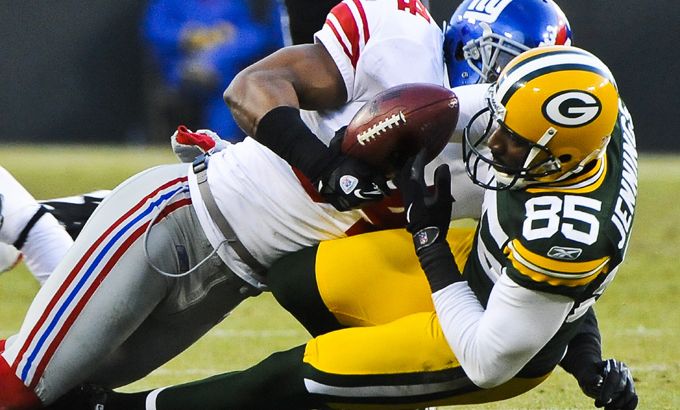
Is American football too violent?
The NFL is accused of concealing information linking American football to long-term brain damage.
American football is the most American and the most watched sport in the US. Tens of millions of fans help generate billions for players and teams.
|
“The modern helmet paradoxically, ironically has increased the risk… I think it may be the cumulative number of blows and that’s why the years of exposure may be important. By the time you finish playing college football you’ve had about 8,000 blows to your head.” – Dr Julian Bailes, the co-director of the Northshore Neurological Institute |
But now there is overwhelming evidence of the cost such a physically demanding sport has on its players.
Studies have revealed the long-term effects of collisions on the field. Those include dementia, Alzheimers disease, mood swings and personality changes. Several former players have taken their lives after suffering from mental health problems.
The National Football League (NFL), the largest professional American football league in the world, insists it has already launched an awareness campaign about the dangers of concussion, and is providing medical benefits to former NFL players.
But the more than 2,000 former players who have filed lawsuits against the NFL accuse the league of turning a blind eye to the risks of brain injury and of failing to impose safety regulations.
|
“I want parents and players to be able to make informed choices about the risks involved and I do feel you’ve a generation of players who did not in their own minds have the information as to what the actual risks were playing this game.” – Dave Zirin, The Nation’s sports writer |
However, while most fans accept that more needs to be done to protect the players, an overwhelming percentage say they will keep coming back to watch the game.
Can more be done to insure the safety of professional and young players, or is the game of American football simply too violent? How important is player safety for the NFL?
Joining Inside Story Americas to discuss this are guests: Dr. Julian Bailes, the co-director of the Northshore Neurological Institute, who is also the former physician for the football team the Pittsburgh Steelers; Dave Zirin, The Nation‘s sports writer; and Steve Olenick, an attorney that represents current and former professional athletes.
|
“The NFL has long made player safety a priority and continues to do so. Any allegation that the NFL sought to mislead players has no merit. It stands in contrast to the league’s many actions to better protect players and advance the science and medical understanding of the management and treatment of concussions.” National Football League statement on the lawsuit |
AMERICAN FOOTBALL RISKS
- American High School football players were struck in the head 30 to 50 times in every game and regularly endured blows similar to those experienced in car crashes, according to a Virginia Tech study
- 47 per cent of high school football players say they sustain at least one concussion each season
- 35 per cent of them say they had more than one in the same season – according to the National Center for Injury Prevention and Control
- 85 per cent of sports-related concussions are not diagnosed – according to the American College of Sports Medicine
- Three million sports concussions occur every year in the US
- 57 per cent of fans believe something should be done about head injuries
- But nine in ten football fans say reports of head injuries will not affect their viewing plans
- A record number – 111.3 million – watched American football’s big game, the Superbowl, this year
- The National Football League made some $9 bn in revenue in 2010 from merchandising, advertising and stadium revenues